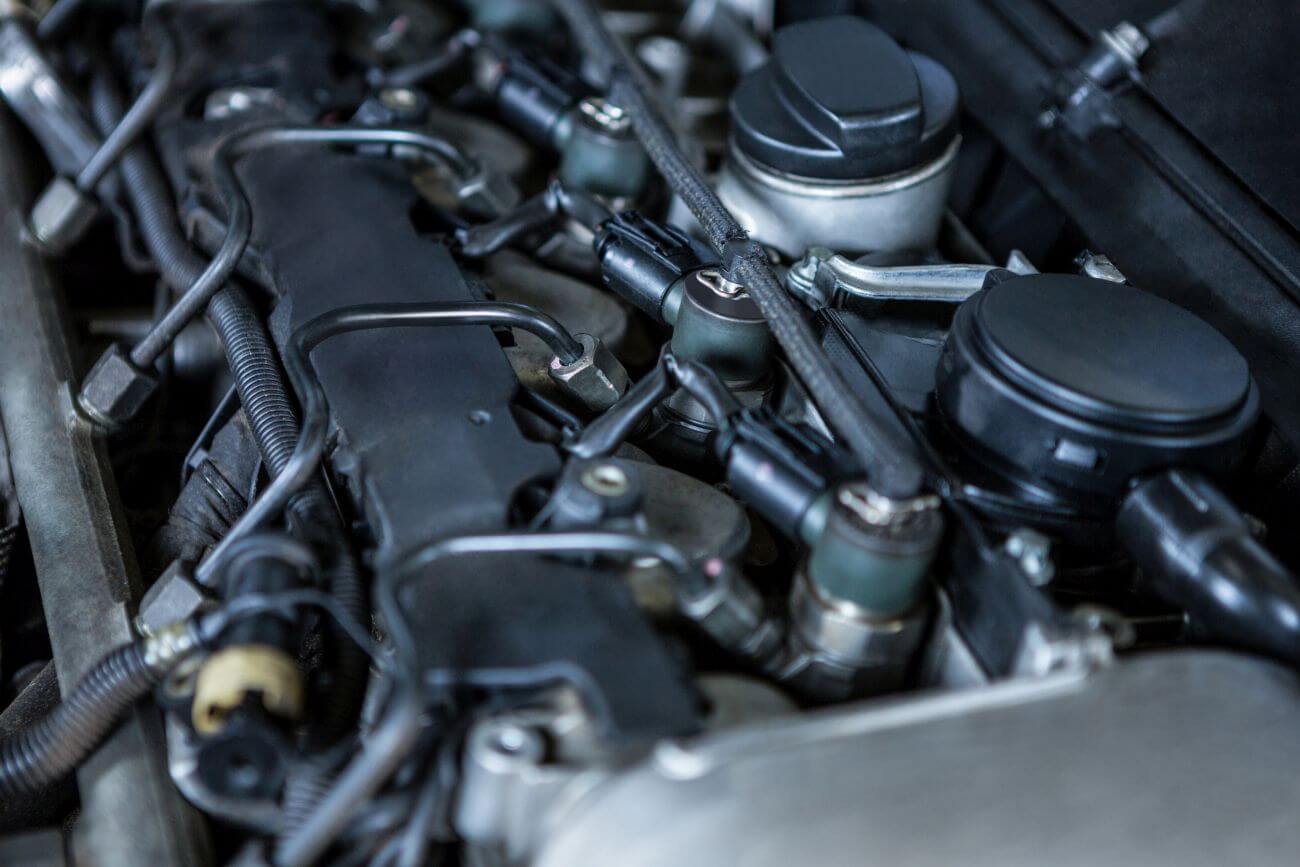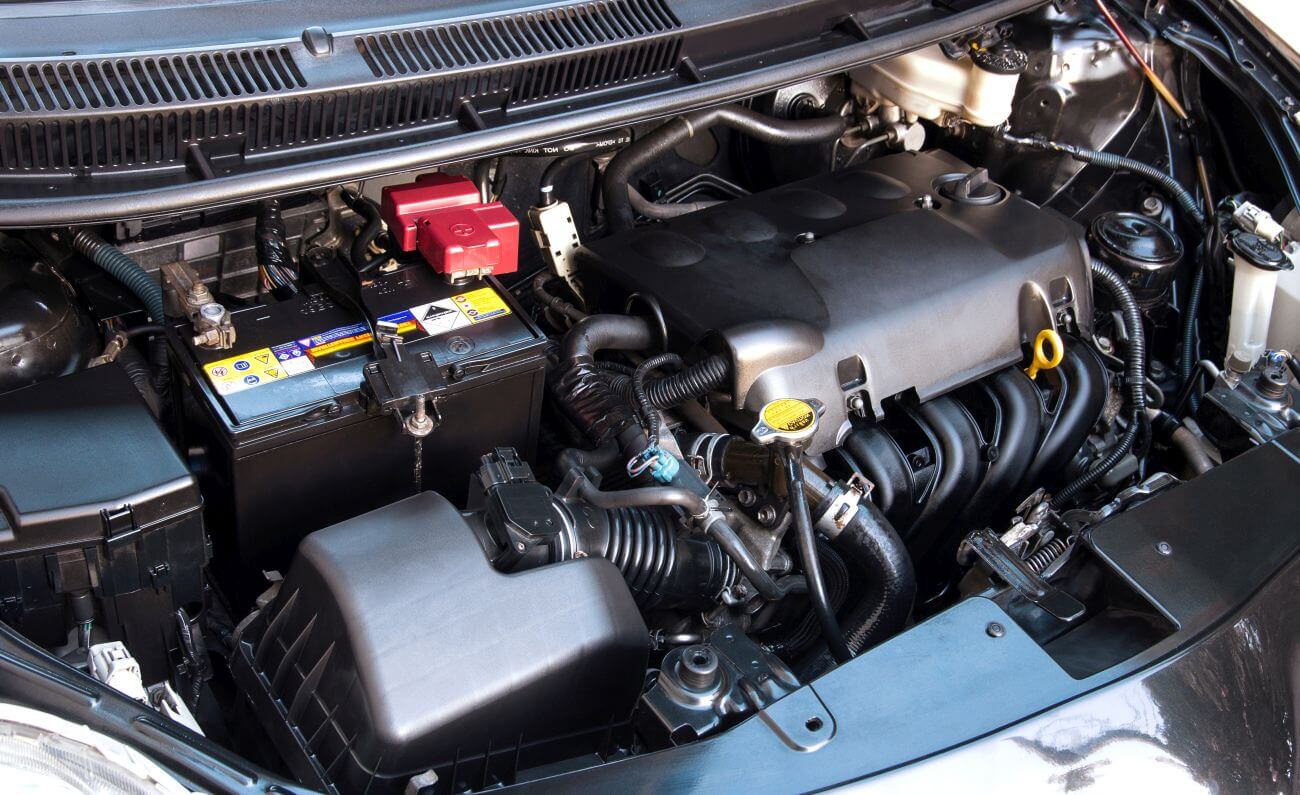
Internal combustion engine - what is it and how does it work?
Content
- What is an internal combustion engine?
- How does an internal combustion engine work? It's a pretty simple mechanism.
- Internal combustion engines and their types.
- Who invented the internal combustion engine? It started in the XNUMXth century
- Internal combustion engine in the first modern cars
- Is the internal combustion engine the latest key invention of the automotive industry?
The internal combustion engine is still the basis for the operation of many devices today. It is used not only by cars, but also by ships and planes. The motor drive works on the basis of a warm and hot substance. By contracting and expanding, it receives energy that allows the object to move. It is the foundation without which no vehicle can function effectively. Therefore, each driver must know its basic structure and principle of operation, so that in the event of a problem, it is easier and faster to diagnose a possible malfunction. Read on to find out more!
What is an internal combustion engine?

As the name suggests, it is primarily a fuel-burning device. In this way, it generates energy, which can then be redirected, for example, to propel a vehicle or use it to turn on some other machine. An internal combustion engine consists in particular of:
- crankshaft;
- exhaust camshaft;
- piston;
- spark plug.
It should be noted that the processes occurring inside the engine are cyclical and should be fairly uniform. Therefore, if the vehicle stops moving harmoniously, the problem may lie with the engine.
How does an internal combustion engine work? It's a pretty simple mechanism.

An internal combustion engine needs both cold and hot environments to operate. The first is usually air that is sucked in from the environment and compressed. This increases its temperature and pressure. It is then heated by fuel burned in the cabin. When the appropriate parameters are reached, it expands in the cylinder or in the turbine, depending on the design of a particular engine. In this way, energy is generated, which can then be redirected to drive the machine.
Internal combustion engines and their types.

Internal combustion engines can be divided into many different types. The division depends on the parameters that are taken into account. First of all, we distinguish engines:
- open burning;
- closed combustion.
The former may have a gaseous state of constant composition, while the composition of the latter is variable. In addition, they can separate due to the pressure in the intake manifold. Thus, naturally aspirated and supercharged engines can be distinguished. The latter are divided into low-, medium- and high-charged ones. There is also, for example, the Streling engine, which is based on a chemical heat source.
Who invented the internal combustion engine? It started in the XNUMXth century
One of the first prototypes was created by Philippe Lebon, a French engineer who lived in the second half of the 1799 century. The Frenchman worked on improving the steam engine, but finally, in 60, he invented a machine whose job was to burn exhaust gases. However, the audience did not like the presentation due to the smell coming from the machine. For almost XNUMX years, the invention was not popular. When was the internal combustion engine invented, as we know it today? Only in 1860, Etienne Lenoir found a use for it, creating a vehicle from an old horse-drawn cart, and thus began the path to modern motorization.
Internal combustion engine in the first modern cars

The first internal combustion engines, which were used to power vehicles like modern cars, began to be developed in the 80s. Among the pioneers was Karl Benz, who in 1886 created a vehicle that is considered the first automobile in the world. It was he who launched the world fashion for motorization. The company he founded still exists today and is commonly known as Mercedes. However, it is also worth noting that in 1893, Rudolf Diesel created the first compression ignition engine in history.
Is the internal combustion engine the latest key invention of the automotive industry?
The internal combustion engine is the basis of modern motorization, but it is likely to be forgotten over time. Engineers report that they are no longer able to create more durable mechanisms of this kind. For this reason, electric drives that do not pollute the environment and their capabilities will become increasingly popular.
The internal combustion engine has become an important milestone in the development of the automotive industry. All indications are that this will soon be a thing of the past due to increasingly restrictive emission standards. Moreover, it was worth getting acquainted with its device and history, because soon it will become a relic of the past.
